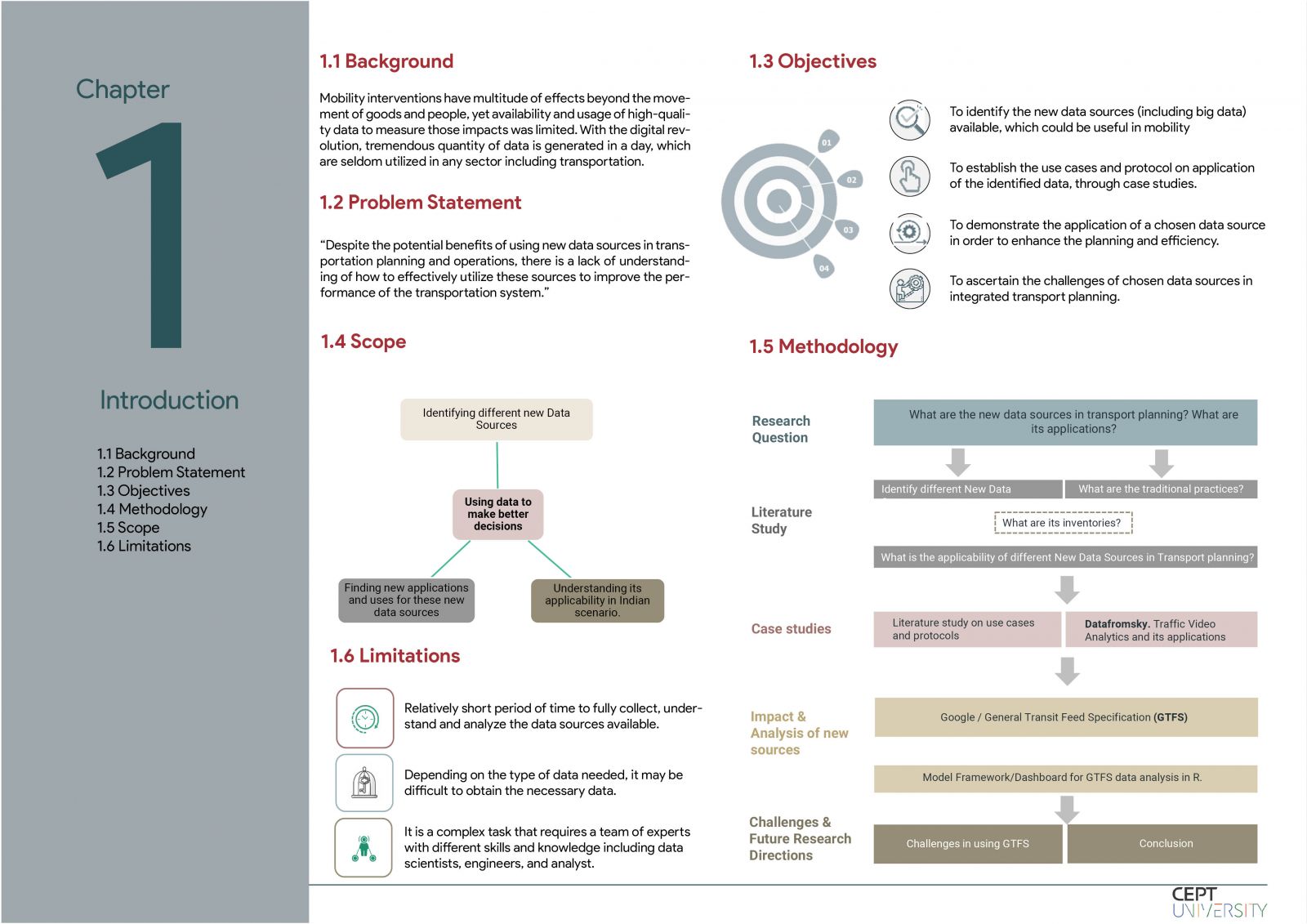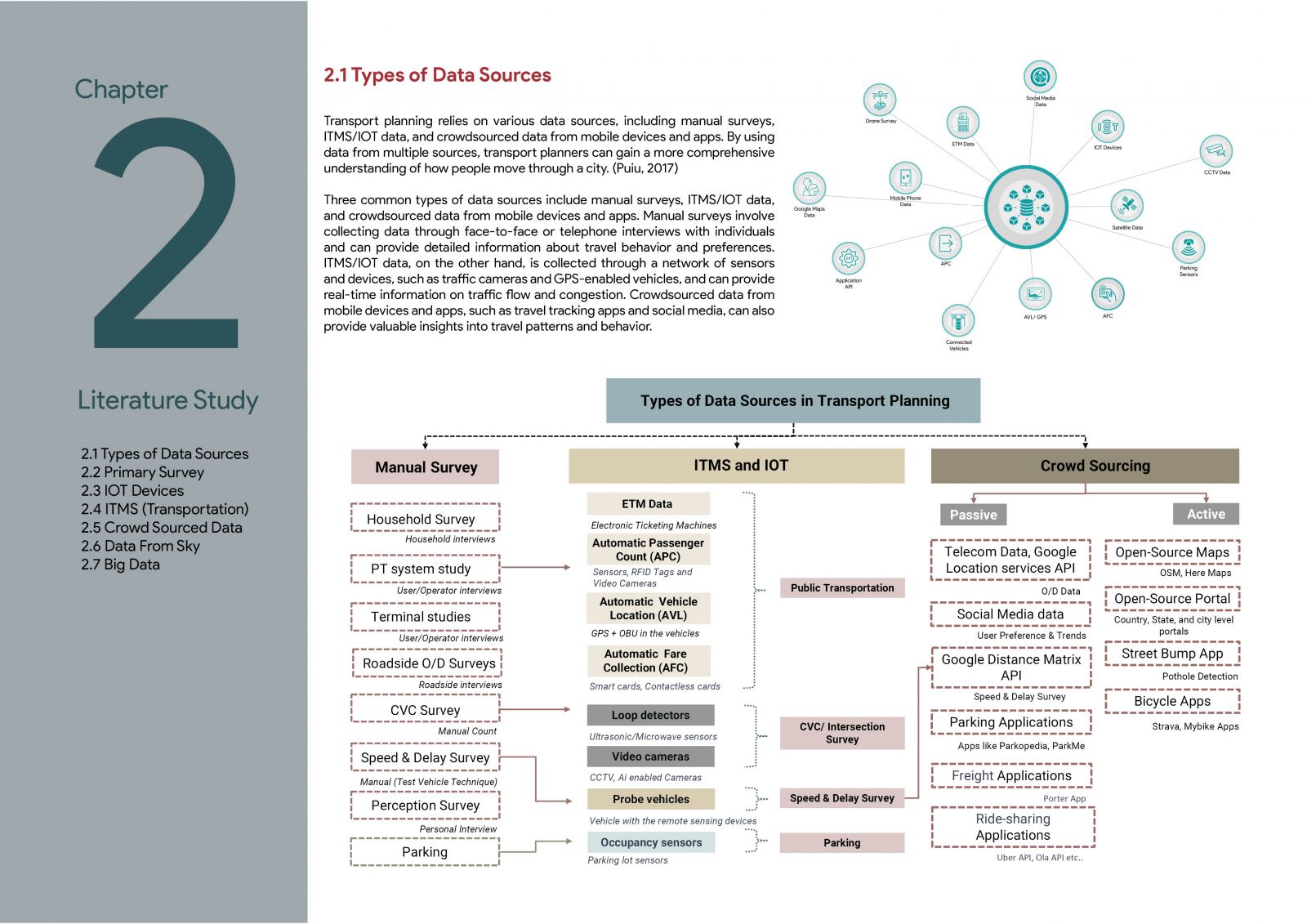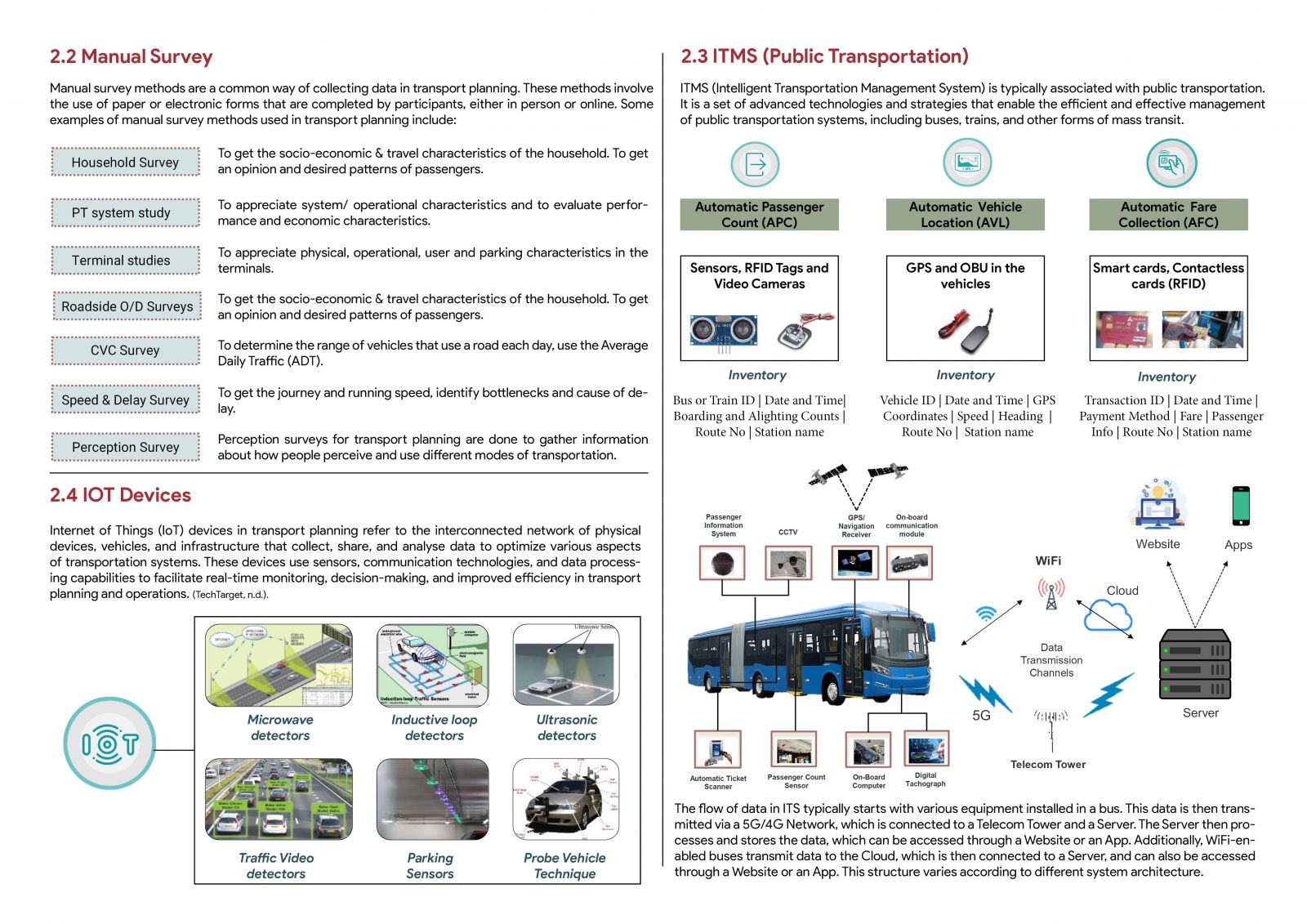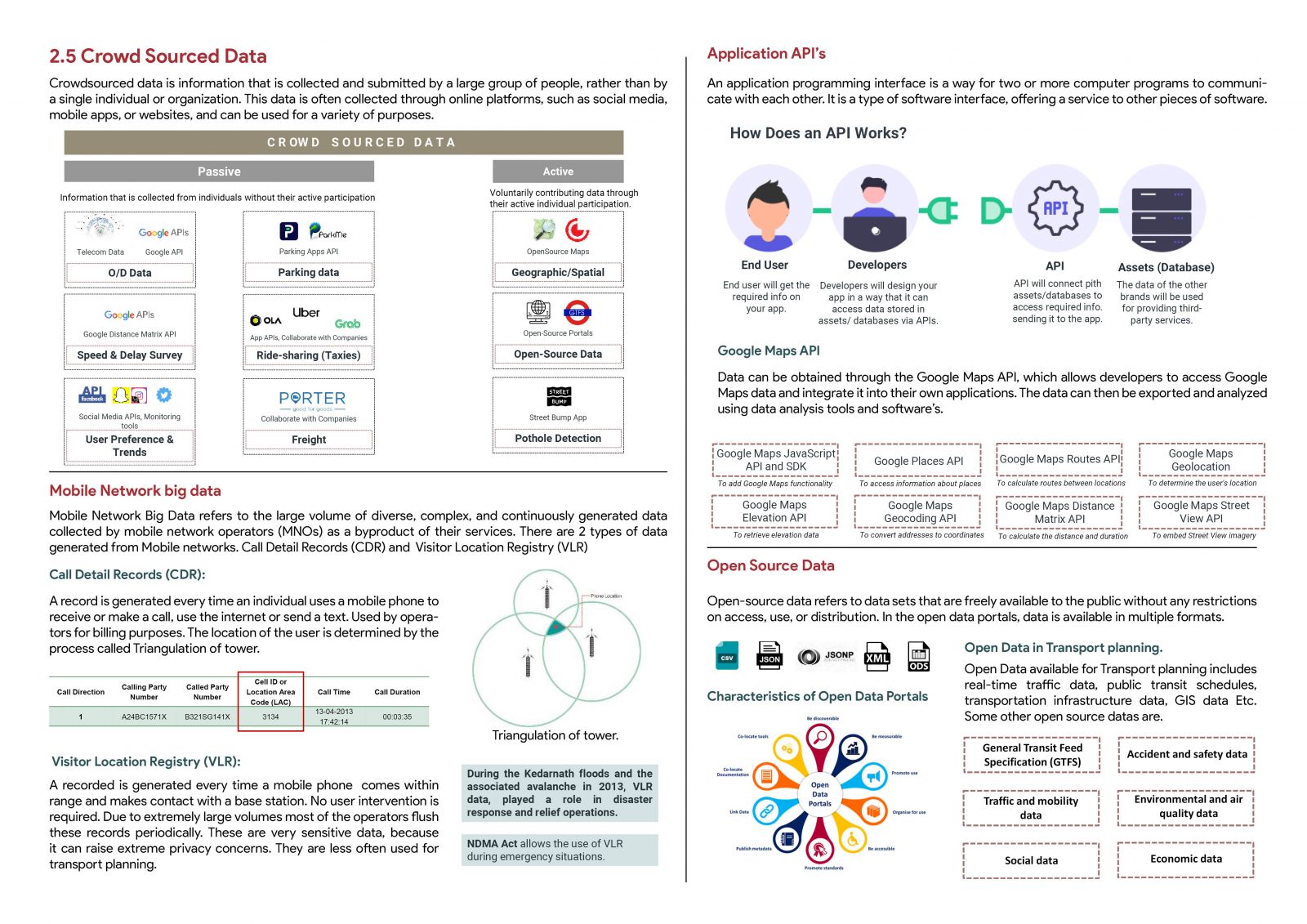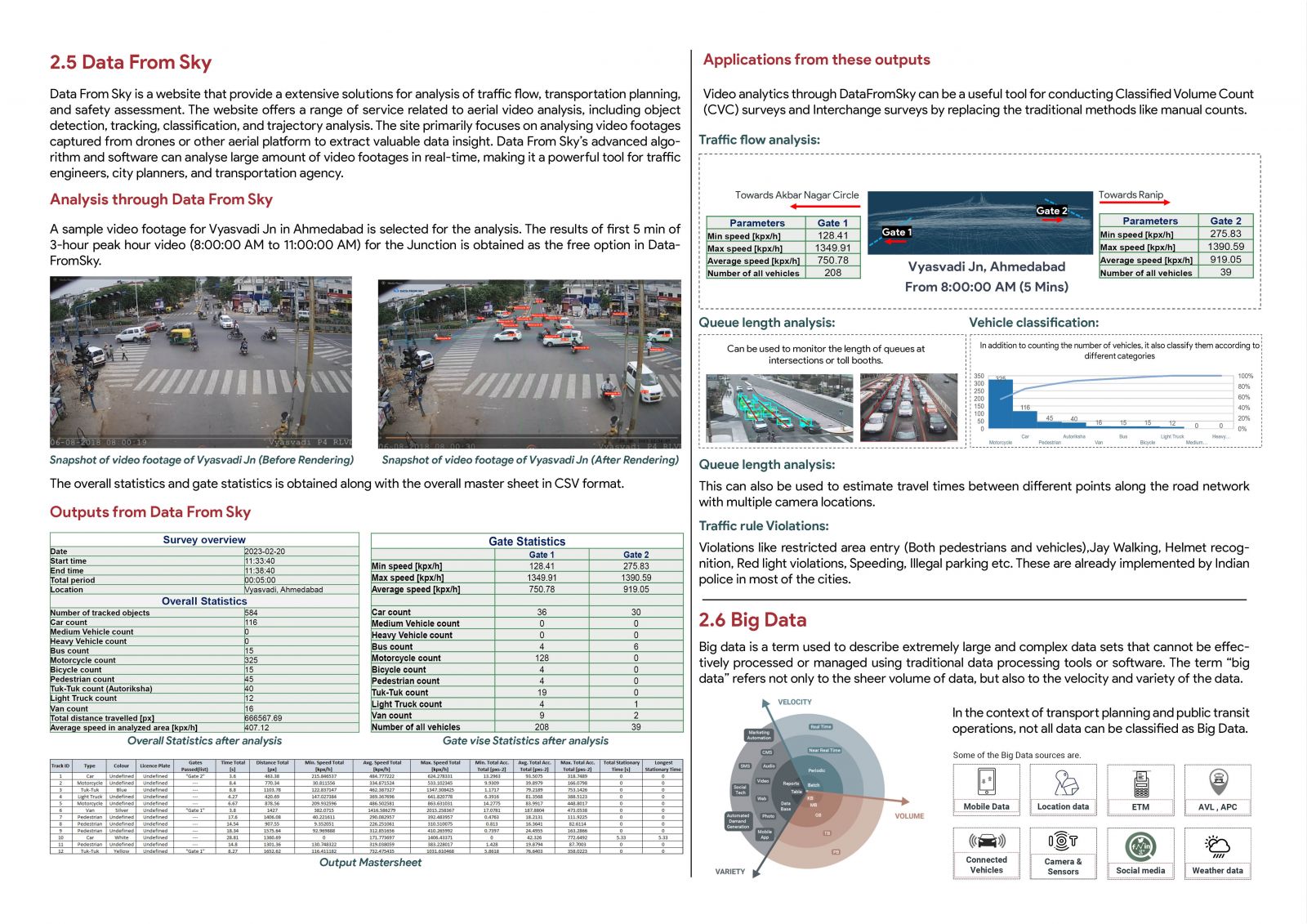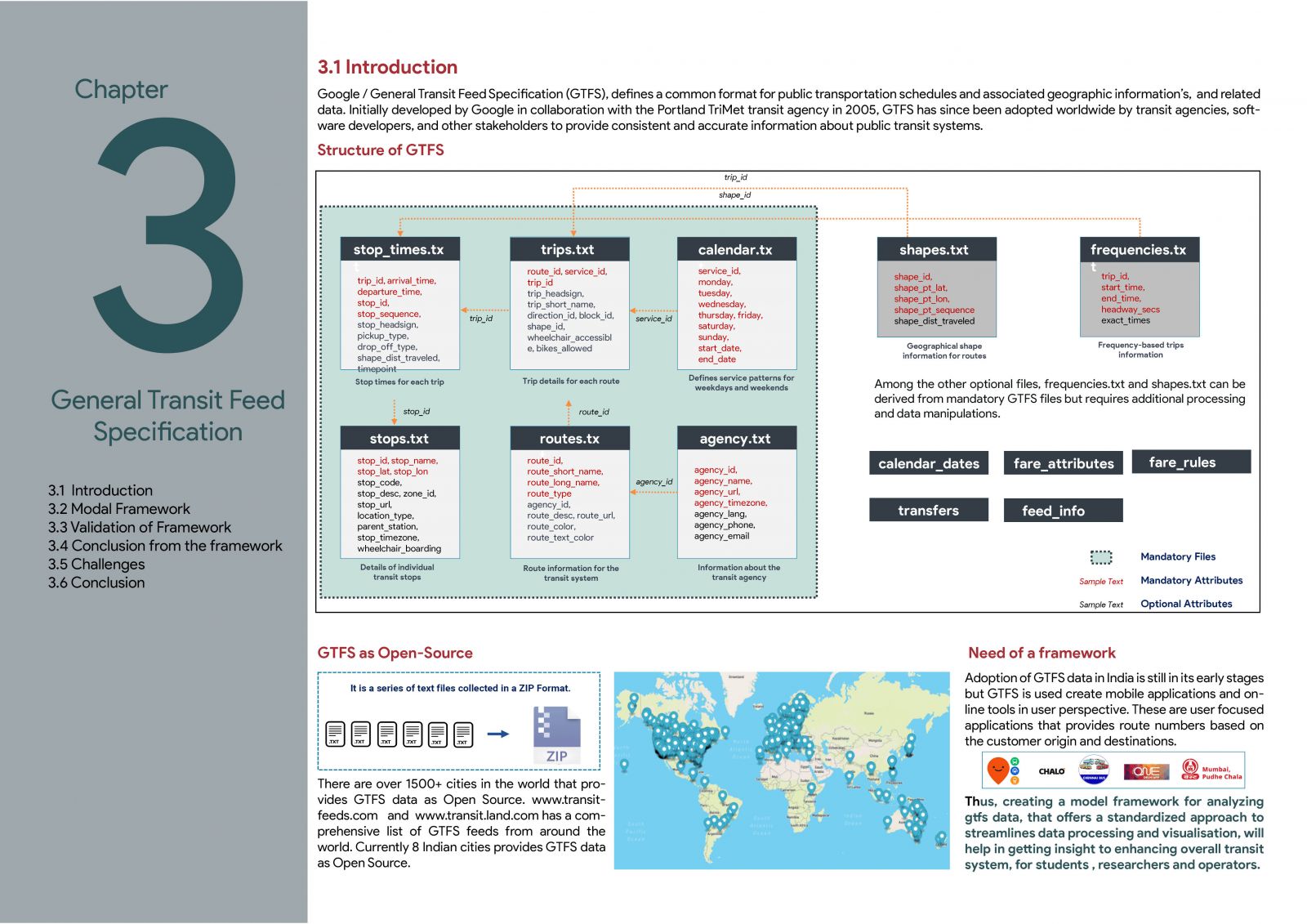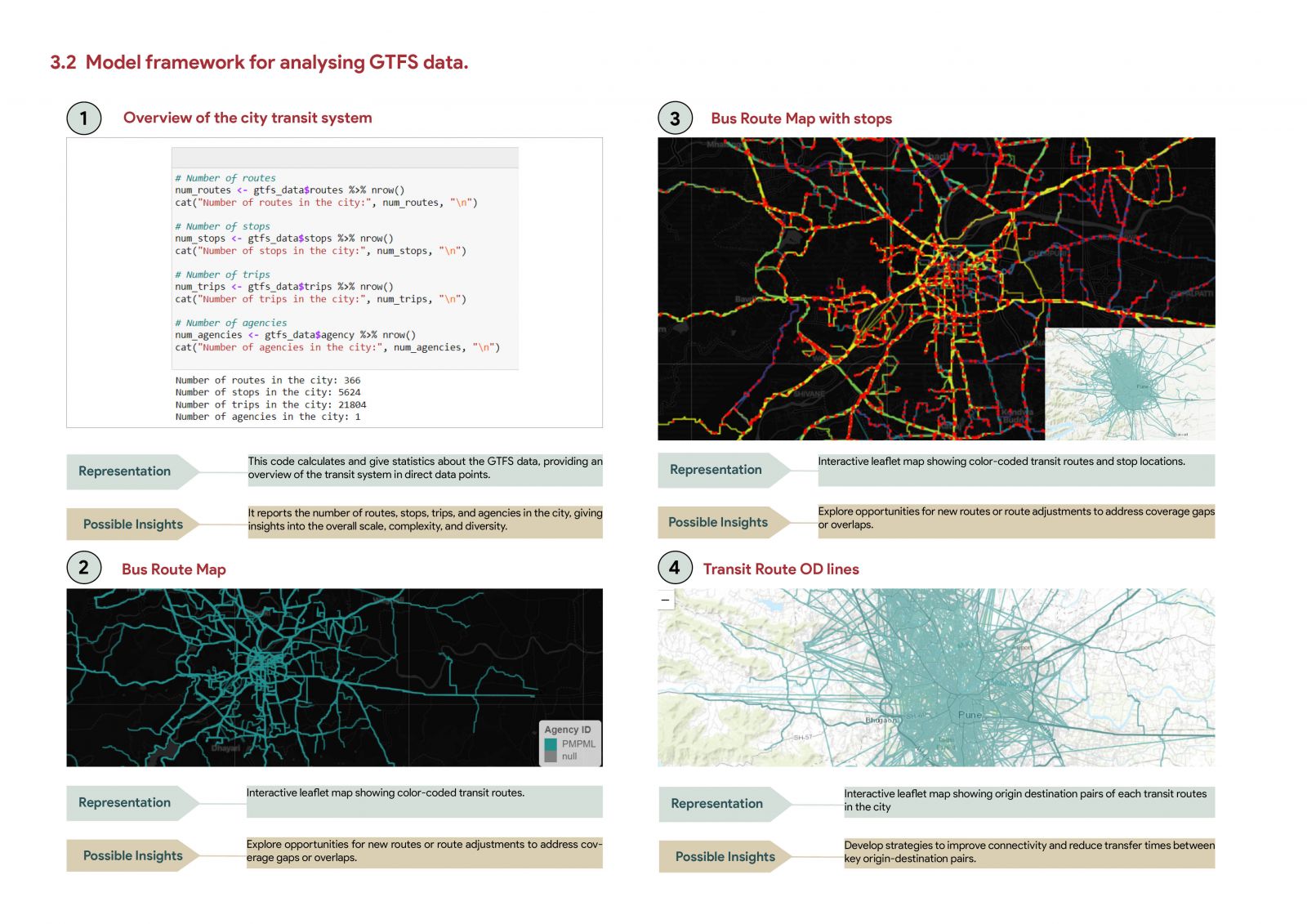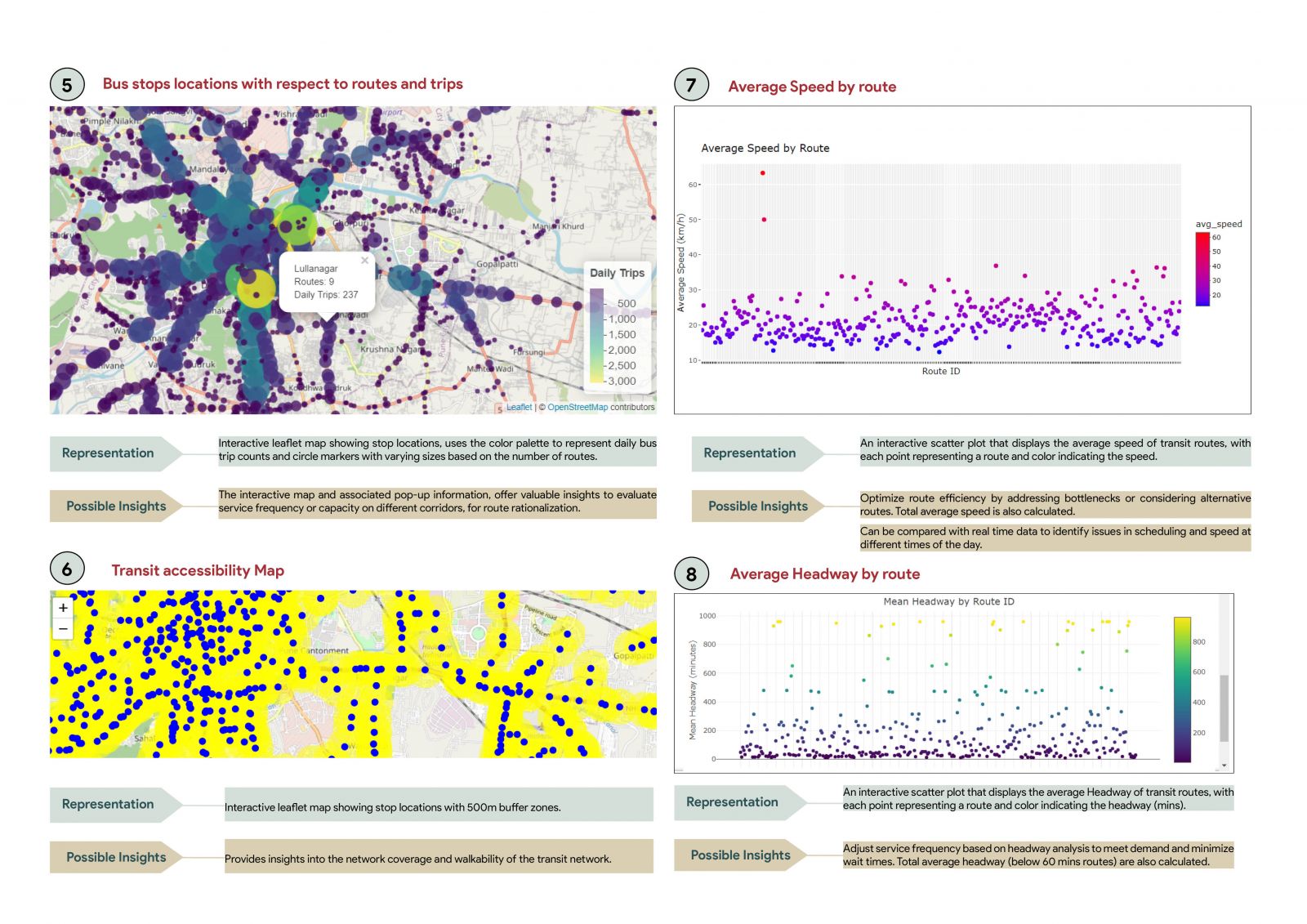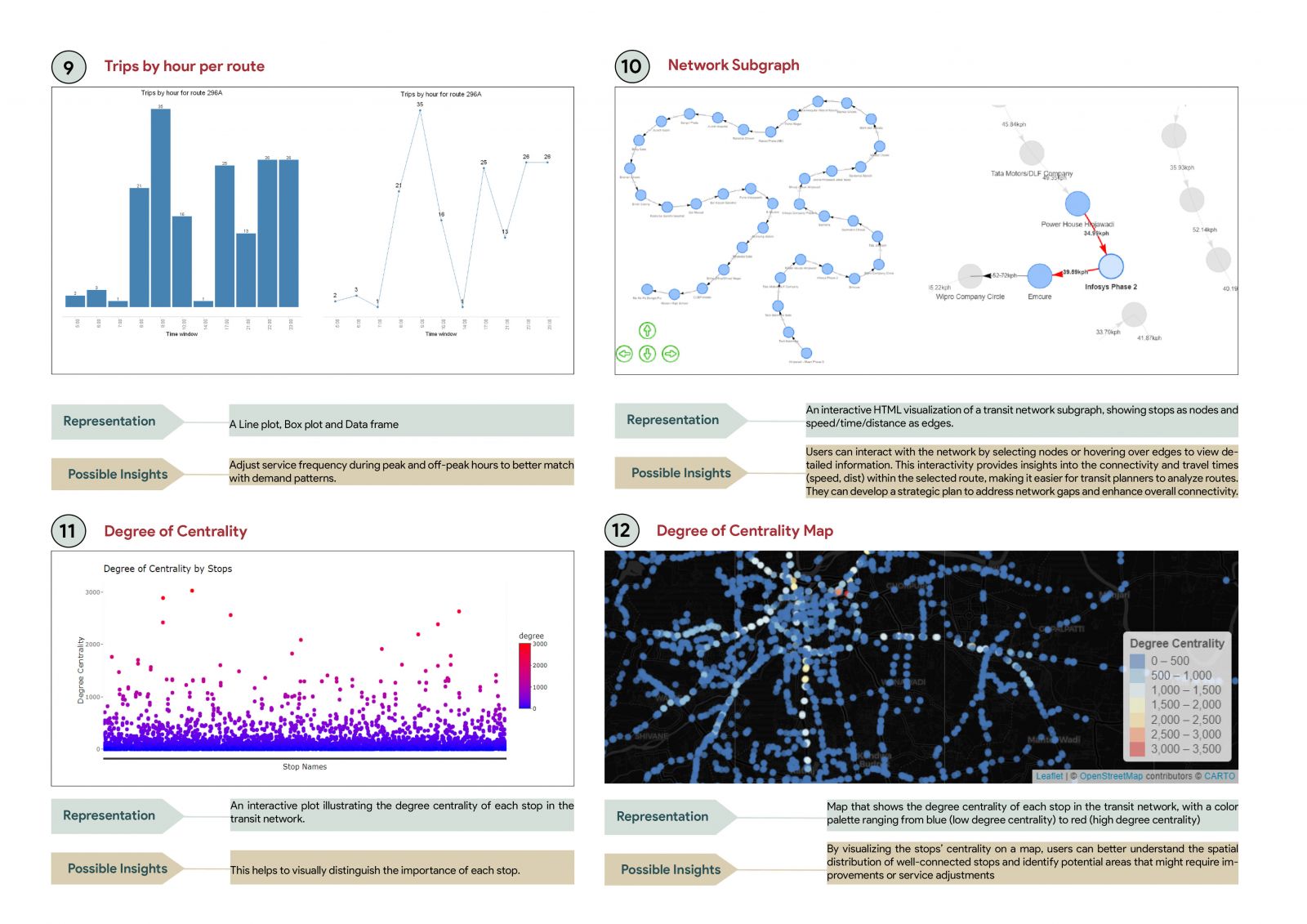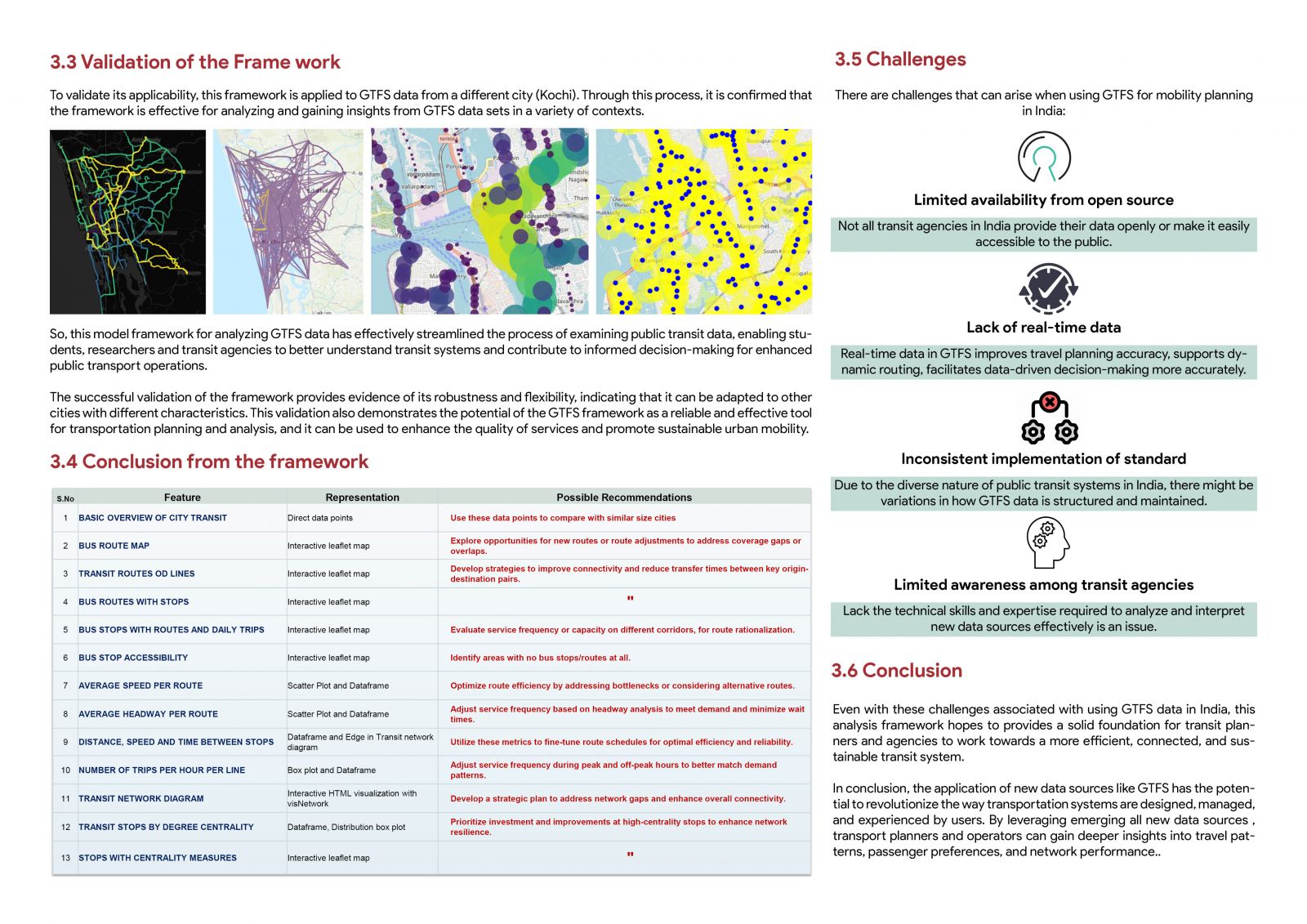Your browser is out-of-date!
For a richer surfing experience on our website, please update your browser. Update my browser now!
For a richer surfing experience on our website, please update your browser. Update my browser now!
Mobility interventions have a multitude of effects beyond the movement of goods and people; however, the availability and usage of high-quality data to measure these impacts was limited. With the digital revolution, tremendous quantity of data is generated in a day, which are seldom utilized in any sector including transportation. It is estimated that almost 2.5 quintillion bytes of data are generated each day (due to 3.6 billion smart phone users, satellite imagery, sensors and e-gov), and this information is often unstructured and underutilized. Urban Mobility sector in India further is undergoing the transformation with huge investments and digital innovation. The citizen preferences for mobility are continuously evolving with many mobility choices and availability of information, which calls for immediate attention towards ensuring innovation in mobility which suits passenger preferences. The digital revolution across the world has led to numerous innovative data sources available, which provides an opportunity to use the data for better decision making, planned services and more importantly to measure and monitor the services. However, the key question is on what, when and how to use these data for same.
